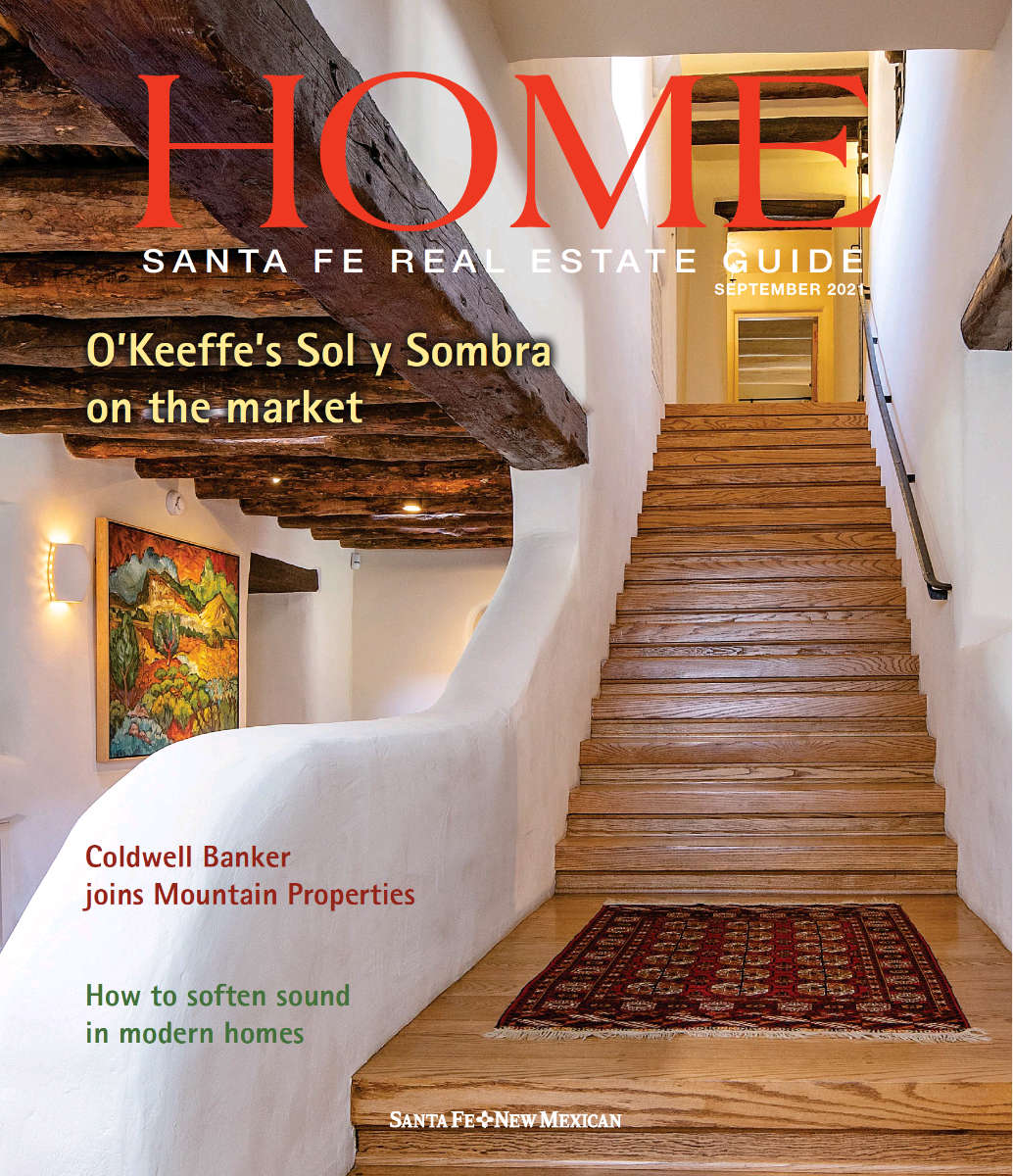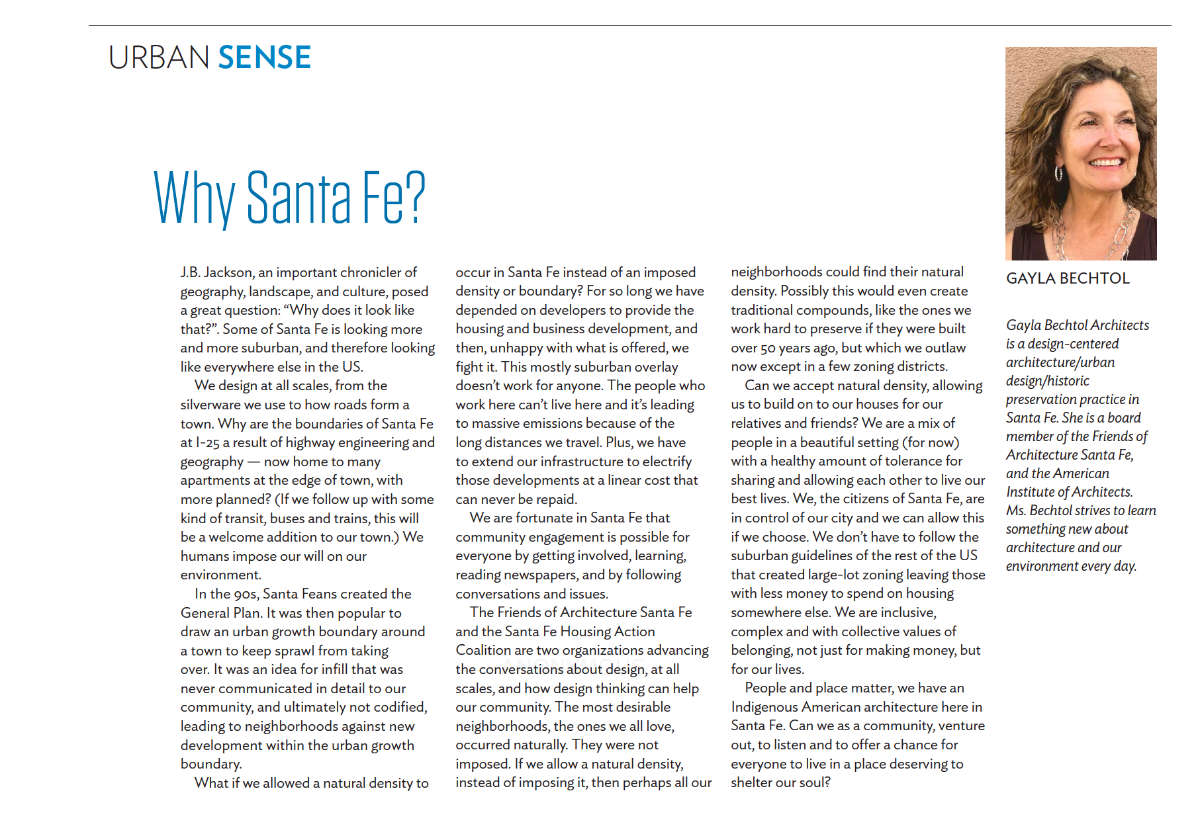No. 12 | Why Santa Fe?
In the September edition of The Santa Fe New Mexican’s Home Magazine, I discuss the problems with the imposed boundaries and how what a difference letting natural density to occur in Santa Fe could make. Urban Sense.


Read The Article:
J.B. Jackson, an important chronicler of geography, landscape, and culture, posed a great question: “Why does it look like that?”. Some of Santa Fe is looking more and more suburban, and therefore looking like everywhere else in the US.
We design at all scales, from the silverware we use to how roads form a town. Why are the boundaries of Santa Fe at I-25– a result of highway engineering and geography– now home to many apartments at the edge of town, with more planned? (If we follow up with some kind of transit, buses and trains, this will be a welcome addition to our town.) We humans impose our will on our environment.
In the 90s, Santa Feans created the General Plan. It was then popular to draw an urban growth boundary around a town to keep sprawl from taking over. It was an idea for infill that was never communicated in detail to our community, and ultimately not codified, leading to neighborhoods against new development within the urban growth boundary.
What if we allowed a natural density to occur in Santa Fe instead of an imposed density or boundary? For so long we have depended on developers to provide the housing and business development, and then, unhappy with what is offered, we fight it. This mostly suburban overlay doesn’t work for anyone. The people who work here can’t live here and it’s leading to massive emissions because of the long distances we travel. Plus, we have to extend our infrastructure to electrify those developments at a linear cost that can never be repaid.
We are fortunate in Santa Fe that community engagement is possible for everyone by getting involved, learning, reading newspapers, and by following conversations and issues.
The Friends of Architecture Santa Fe and the Santa Fe Housing Action Coalition are two organizations advancing the conversations about design, at all scales, and how design thinking can help our community. The most desirable neighborhoods, the ones we all love, occurred naturally. They were not imposed. If we allow a natural density, instead of imposing it, then perhaps all our neighborhoods could find their natural density. Possibly this would even create traditional compounds, like the ones we work hard to preserve if they were built over 50 years ago, but which we outlaw now except in a few zoning districts.
Can we accept natural density, allowing us to build on to our houses for our relatives and friends? We are a mix of people in a beautiful setting (for now) with a healthy amount of tolerance for sharing and allowing each other to live our best lives. We, the citizens of Santa Fe, are in control of our city and we can allow this if we choose. We don’t have to follow the suburban guidelines of the rest of the US that created large-lot zoning leaving those with less money to spend on housing somewhere else. We are inclusive, complex and with collective values of belonging, not just for making money, but for our lives.
People and place matter, we have an Indigenous American architecture here in Santa Fe. Can we as a community, venture out, to listen and to offer a chance for everyone to live in a place deserving to shelter our soul?
Gayla Bechtol received her architecture degrees from Harvard University and from the University of Southern California. Gayla Bechtol Architects is a design-centered architecture/urban design/historic preservation practice that has created designs for homes, institutions, and urban spaces for nearly 30 years. Bechtol practiced deep democracy while leading the citizens of Santa Fe to the award-winning Santa Fe Railyard. She is a board member of Friends of Architecture Santa Fe.
Related Articles
No. 28 | Urban Sense: Dreaming of a Future Optimism
In the July edition of The Santa Fe New Mexican's Home Magazine,...




